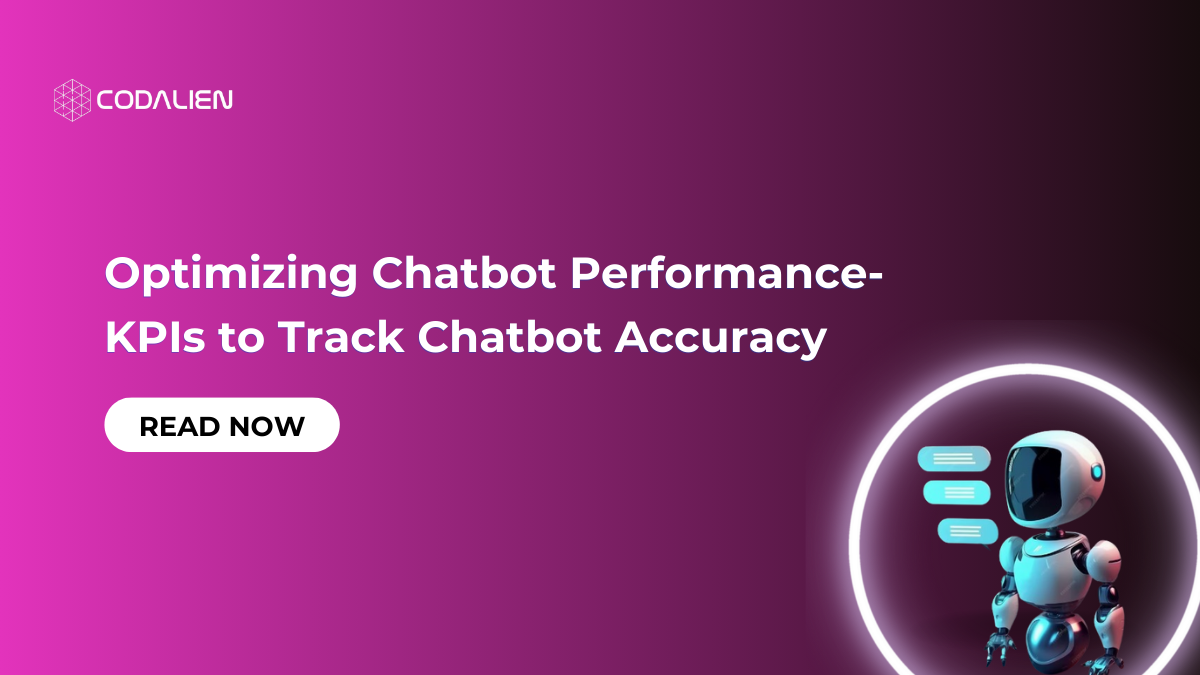Category: AI Models
-

Optimizing Chatbot Performance: KPIs to Track Chatbot Accuracy
In today’s digital age, chatbots have become integral to customer service, sales, and user engagement strategies. They offer quick responses, round-the-clock availability, and the ability to handle multiple users simultaneously. However, the effectiveness of a chatbot hinges on its accuracy and conversational abilities. Therefore, it is necessary to ensure your chatbot performs optimally, tracking and […]
-
Understanding AI Predictions with LIME and SHAP- Explainable AI Techniques
As artificial intelligence (AI) systems become increasingly complex and pervasive in decision-making processes, the need for explainability and interpretability in AI models has grown significantly. This blog provides a comprehensive review of two prominent techniques for explainable AI: Local Interpretable Model-agnostic Explanations (LIME) and Shapley Additive Explanations (SHAP). These techniques enhance transparency and accountability by […]
-
Building and Deploying a Custom Machine Learning Model: A Comprehensive Guide
Machine Learning models are algorithms or computational models that act as powerful tools. Simply put, a Machine Learning model is used to automate repetitive tasks, identify patterns, and derive actionable insights from large datasets. Due to these hyper-advanced capabilities of Machine Learning models, it has been widely adopted by industries such as finance and healthcare. […]
-
Mastering Hyperparameter Tuning in Python: Strategies, Techniques, and Tools for Model Optimization
Understanding various aspects of deep learning and machine learning can often feel like stepping into uncharted territory with no clue where to go. As you start exploring various algorithms and data, you realize that success is based on more than just building a raw model, it’s more about fine-tuning it to perfection. And when we […]
-
What is Transfer Learning? Exploring The Popular Deep Learning Approach
Have you ever thought about how quickly your smartphone recognizes faces in photos or suggests text as you type? Behind these features, there’s a remarkable technique called Transfer Learning that expands the capabilities of Artificial Intelligence. Now you must be wondering- What is Transfer Learning ? Picture this: Instead of starting from the square from […]
-
Building Intelligent AI Models For Enterprise Success: Insider Strategies
Just picture a world where machines think and learn like us. It might sound like a scene straight out of a sci-fi movie, right? Well, guess what? We are already living in that world now. Today, data, clever algorithms, and AI models are changing the way businesses operate. AI models are serving as a brilliant […]
